Architecture Posted On 2nd May 2023 To Magazine & Stories

Postcards From The Past
Would you like your pictures to still be looked at, and maybe even revered, in fifty years from now? One likely route to such success is to document our ‘built environment’ - the buildings that surround us all. From Eugène Atget’s time onwards photographs of our town and cityscapes have become objects of fascination and information for later generations. And buildings really do come and go remarkably quickly - even great ones - and in just a few years our photographs of them could easily become someone’s treasured postcards from the past.
Buildings At Risk
So how to choose which buildings to photograph? One idea is to start with the ones that are most likely to be reduced to piles of rubble in the near future. A quick search online for ‘buildings at risk’ will generate candidates. If you live close to a major conurbation there’s almost bound to be one nearby. Your local media will also cover buildings in jeopardy, since there’s invariably plenty of public interest in them.
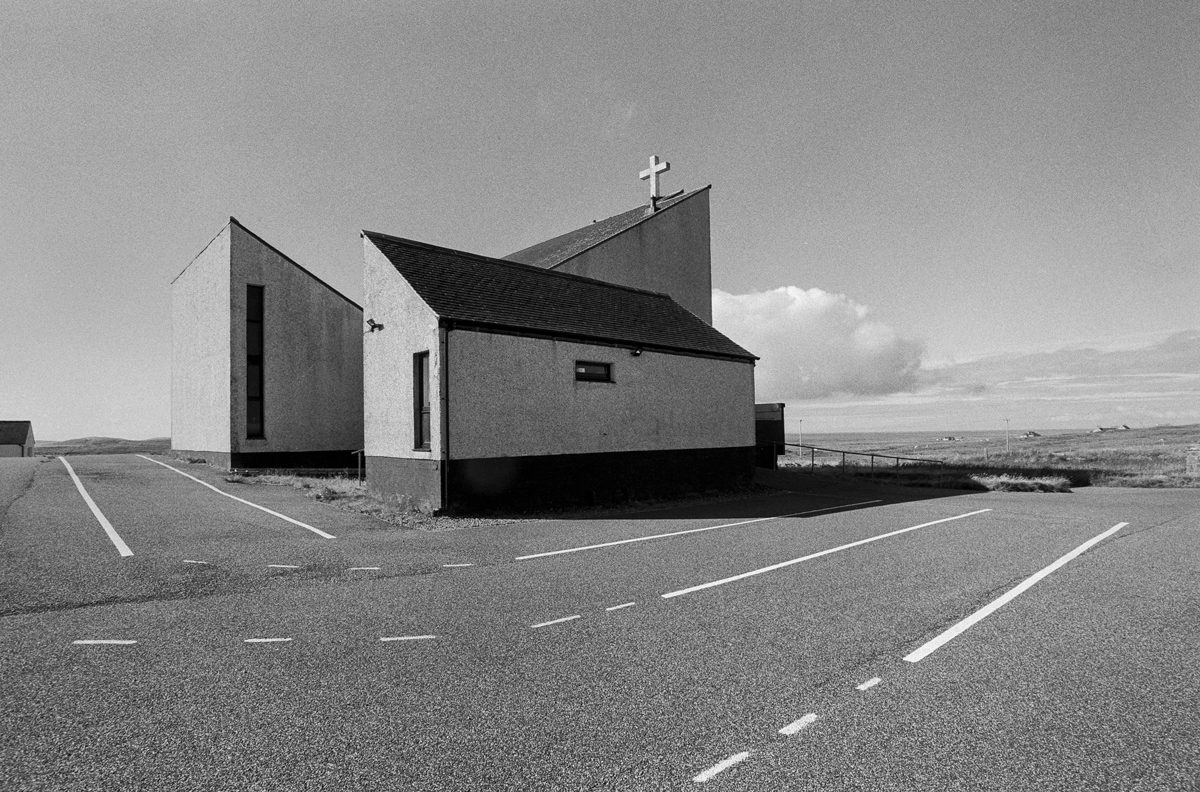
Modernist Church South Uist: Minolta Dynax 7, 17-35mm Sigma EX, YG filter, DELTA 100
Historic Buildings
I often photograph such at-risk architecture on my own patch, in the north east of England, and also focus on buildings by interesting architects and practices. We had a firm called Ryder & Yates in Newcastle, and although many of their greatest buildings are gone a few do remain, like the wonderfully named Gas Council Engineering Research Station at Killingworth, pictured below. The practice’s currently unused Salvation Army Hostel, in the city itself, is actually right next door to another important (and sadly also empty) historic building, the Keelmen’s Hospital.
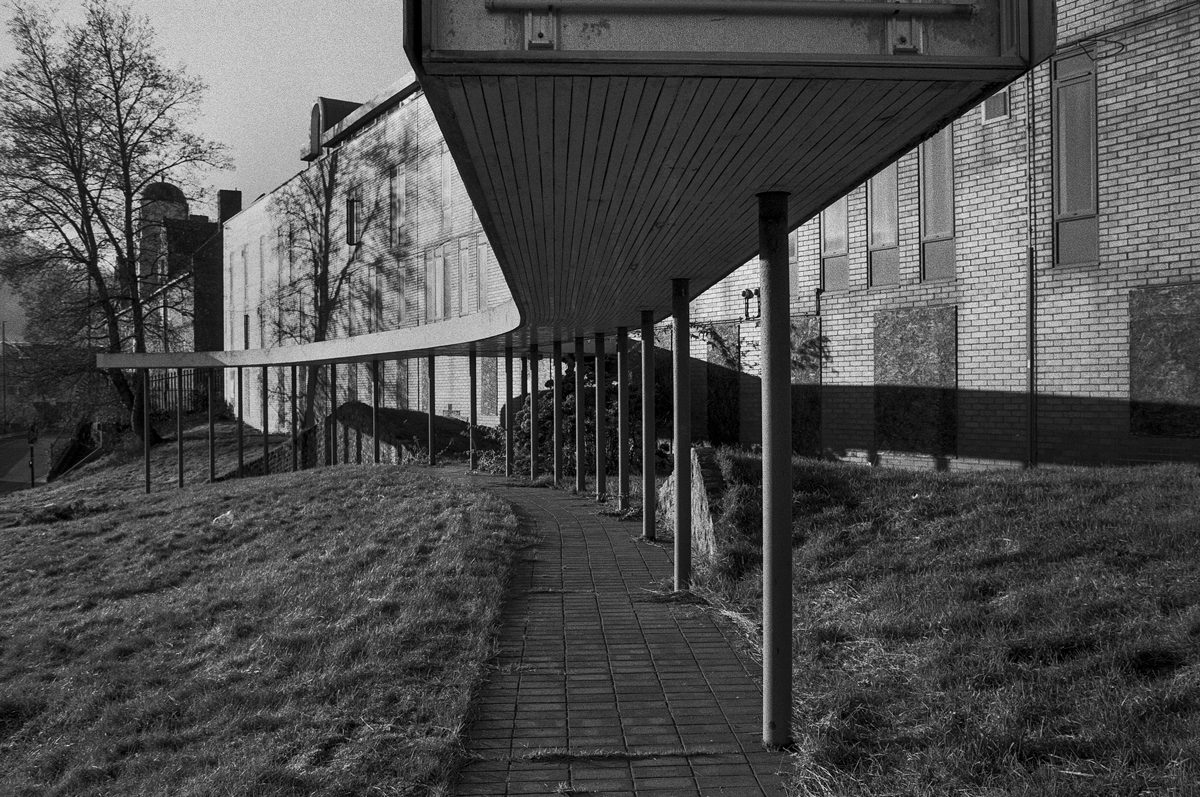
Salvation Army: Minolta Dynax 60, 24-85mm Minolta, YG filter, Kentmere 100
Proud Custodians
If your important local buildings are still in use, especially in the public sector, you’ll find that many of their proud custodians will be willing to grant you access. They’re often delighted to be asked, in fact. That’s how I was able to wander around the carefully restored Gas Research building - now a local authority office and depot - and also gain unfettered access to the main public rooms in Newcastle’s superb Civic Centre. Interiors, especially when they are as wonderfully original as these, really do help tell any building’s story. The tapestry in the Civic Centre image is by John Piper, but humble buildings can be every bit as visually interesting, and the humble wooden beach house at Low Hauxley, pictured here, is a good example.
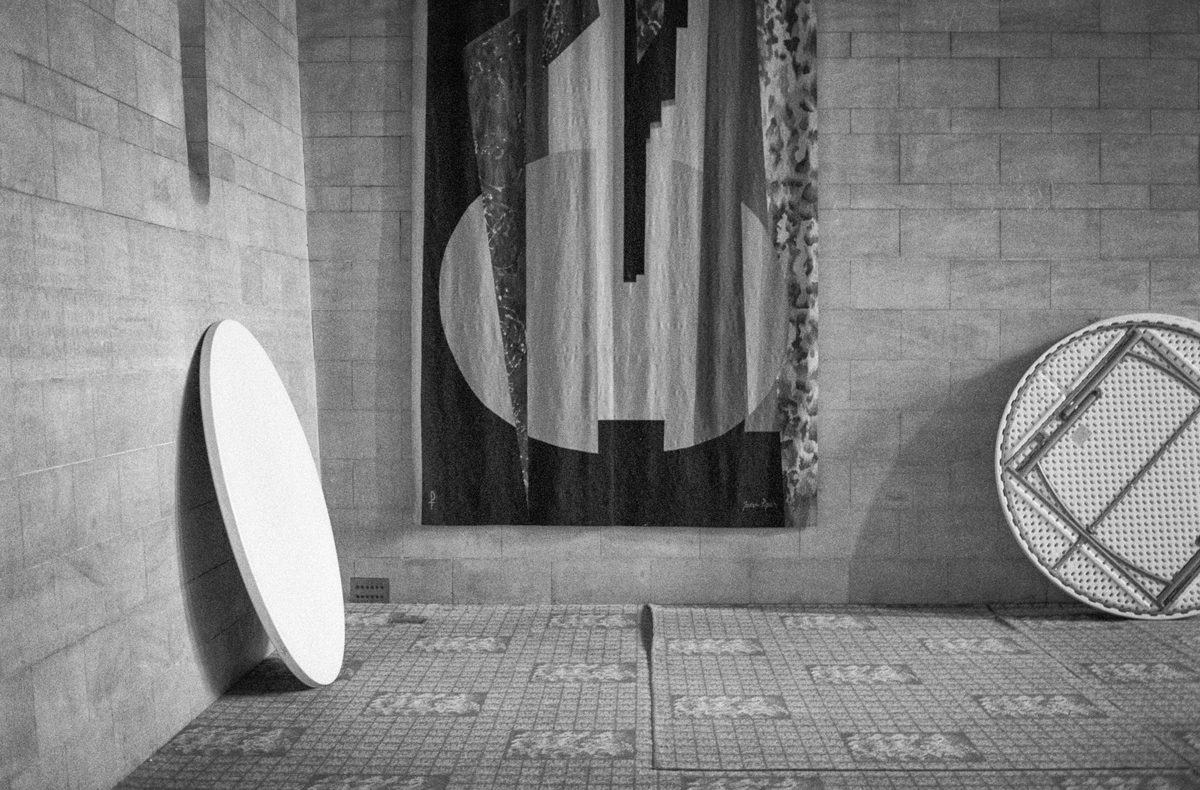
Newcastle Civic Centre with John Piper Tapestry: Contax G1, 45mm F2 Zeiss Planar, ILFORD HP5+
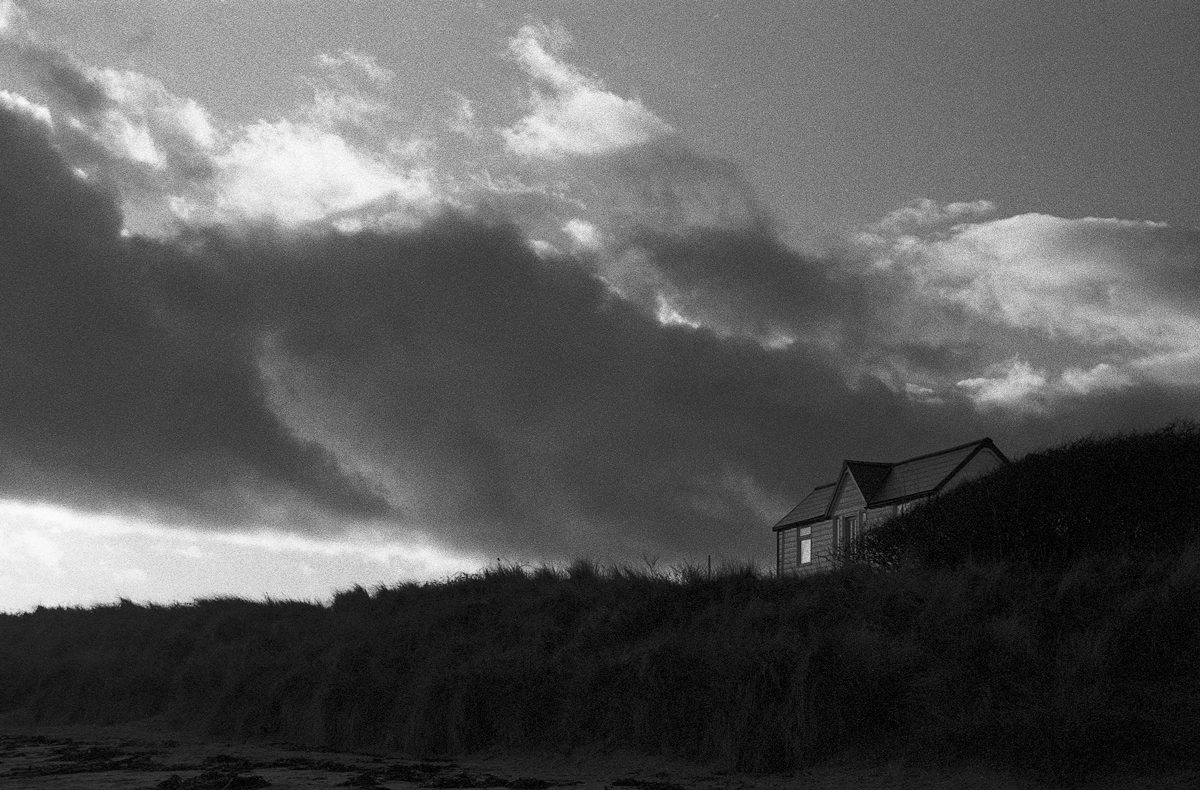
Low Hauxley: Olympus OM2n, 35-70 F3.5-4.5 Zuiko, Yellow filter, Kentmere 100
The Play Of Light
Technically, my usual approach is to shoot on 35mm film, although I do sometimes work in medium format. That no nonsense, head-on picture of the church front, taken in the crystalline morning sunlight of the north East of Scotland, is an example of a 6x6 frame. I just loved the play of light on those silvery granite slabs. Looking at these images I see that I’ve used a wide variety of camera types. And emulsions too, come to that. So I really am an equal opportunities architectural photographer when it comes to kit, and to be honest buildings aren’t the hardest subject in the world to photograph.
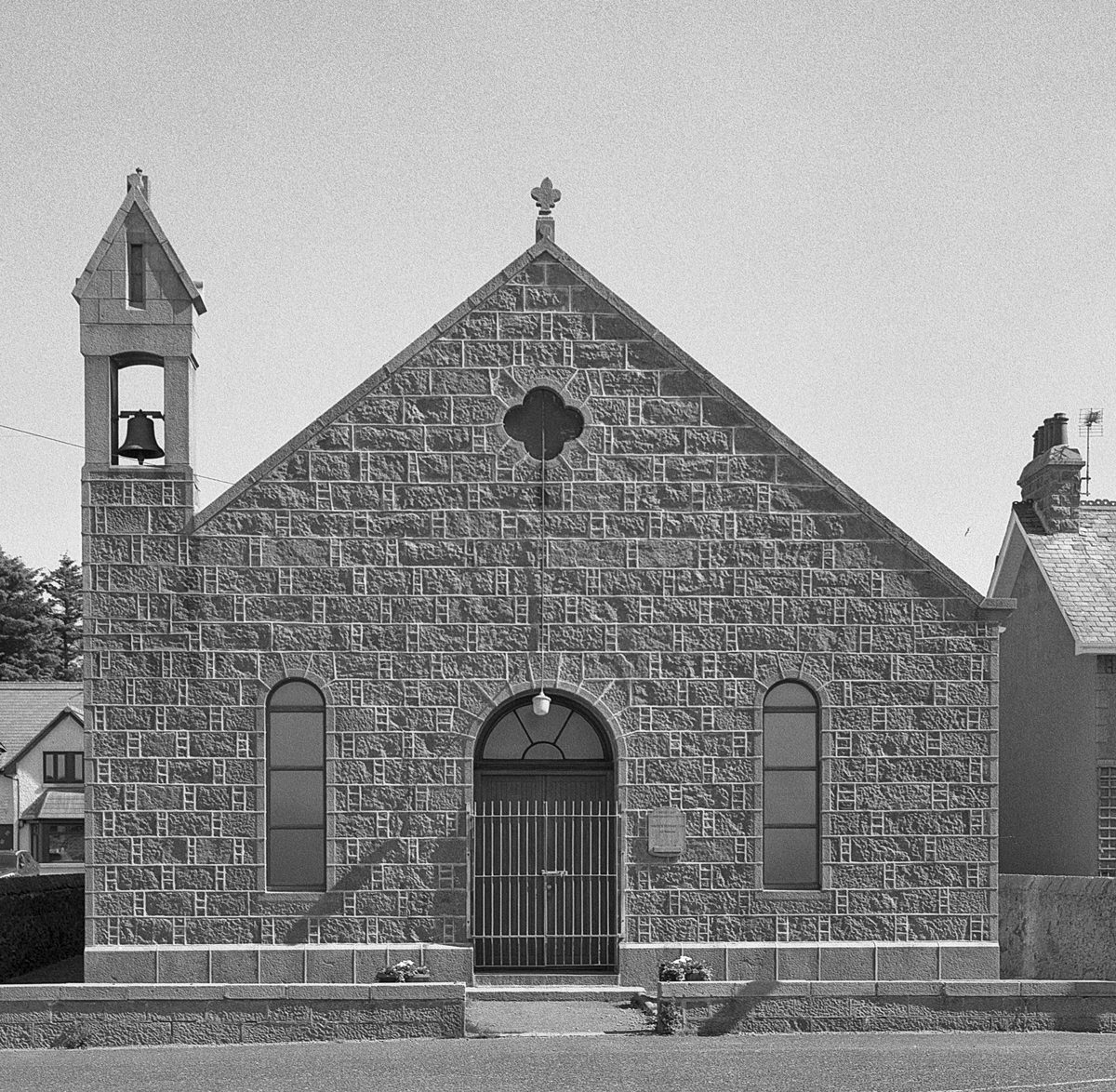
Scottish Church: Super Fujica 6, ILFORD FP4+
The Small Details
The small details can be so very telling too, so I always try to make time for them. I love the reflections in the Fenwick’s store logo, not to mention those wonderful lozenge-shaped tiles on the wall behind. Some people like to use shift lenses for their architectural photography. Even in 35mm, and I probably would too, if I had one. But since I don’t I tend to frame quite generously, and just do a little bit of perspective correction in post. (If I still used a wet darkroom I could simply tilt the easel slightly while printing - the effect would be the same).
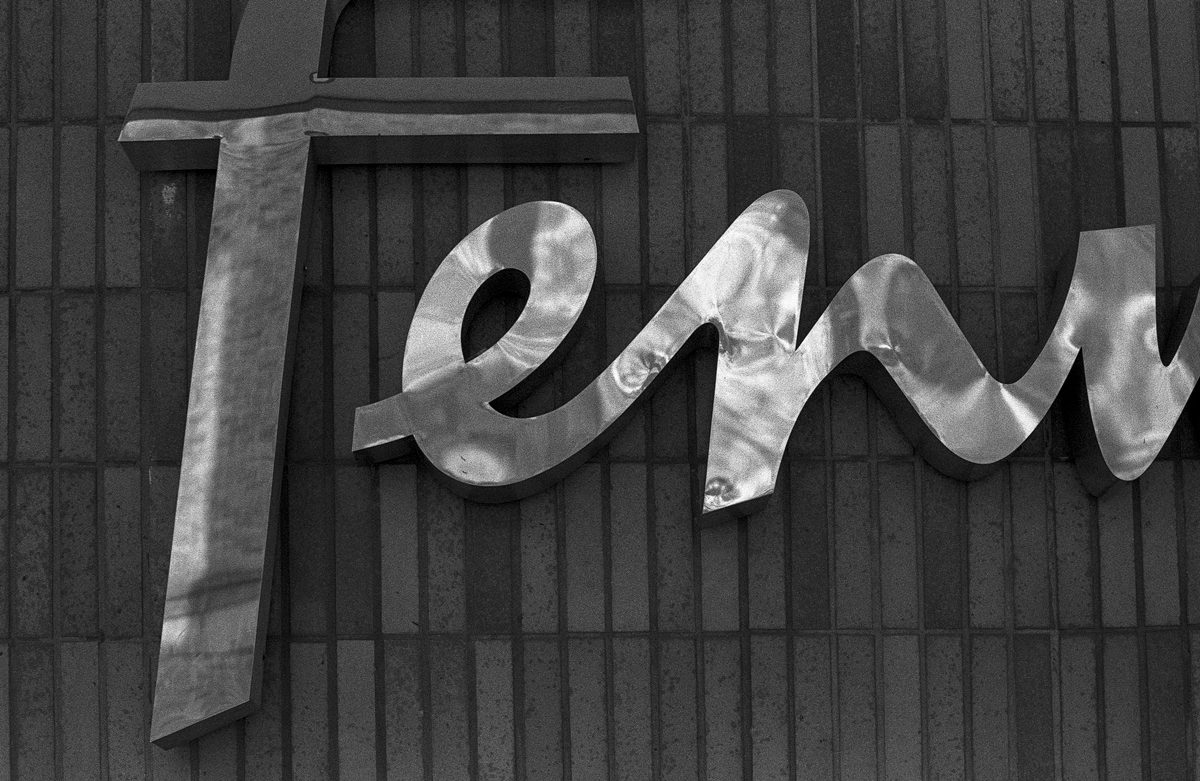
Fenwick Sign: Canon P, 52mm Industar-61, Yellow 1 filter, Kentmere 400
Limitations
I also tend to shoot with a yellow filter outdoors (a Y1 is my favourite), and from a tripod when I can. But, to be honest, I’m completely happy with my old Canon P, a 35mm lens on the front and a couple of fresh rolls of DELTA in my pocket. But just because photographing buildings isn’t hugely technically demanding doesn’t mean that it’s easy. Unlike a human model you can’t turn a building into or away from the light. If I’m visiting a building for the first time I always check in advance which way it faces, and where I will be allowed to shoot from. Shooting architecture hard against the light can work, of course it can, but it will probably limit the creative possibilities.
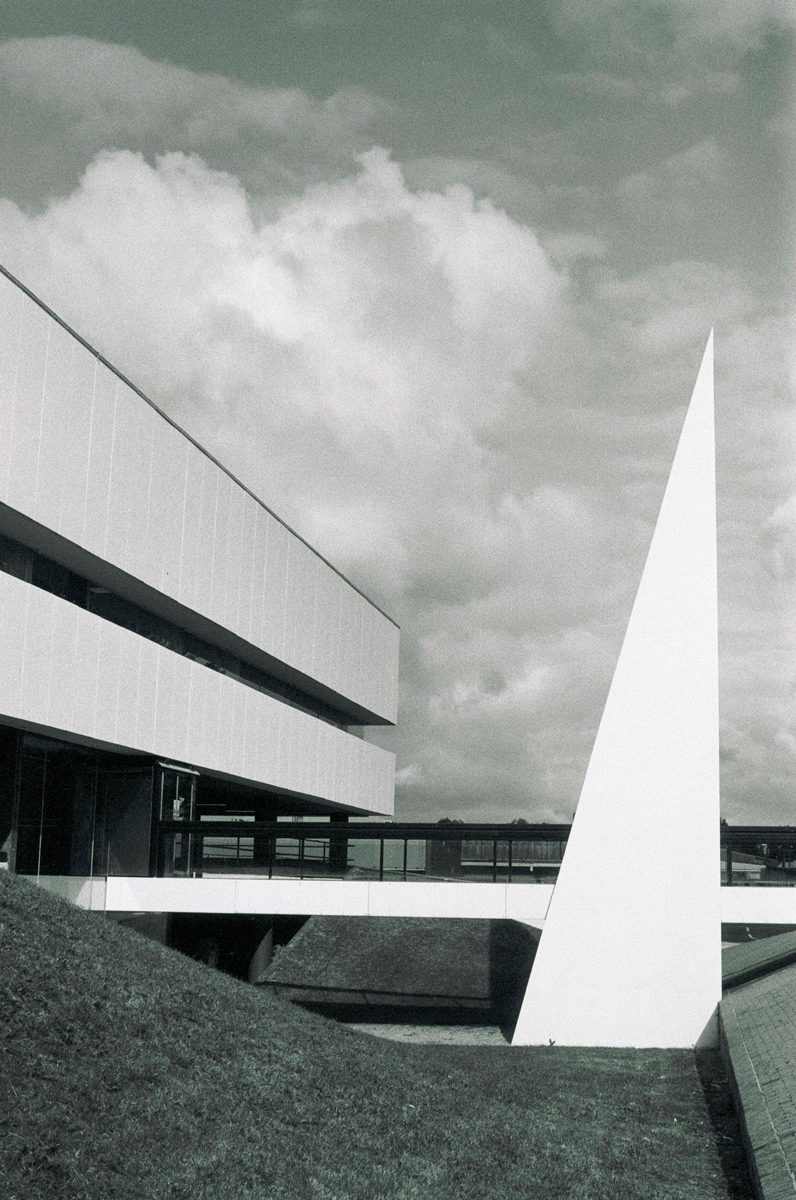
Killingworth Depot Bridge: Contax G, 90mm Sonnar, Yellow Filter, Kentmere 100
Townscapes
Quite often my favourite images aren’t even of a single building, but of a connected townscape, often built to an overarching plan or scheme. For example, here in Newcastle the 1950s and ‘60s were a time of great social change, optimism and - sadly - corruption too. But T Dan Smith, for all his faults, was a kind of visionary, and some small parts of his ‘Brasilia of the North’ dream do remain - like the elevated footways, car-parks and motorways - and I’ve been photographing them regularly recently. They are vanishing very rapidly now.
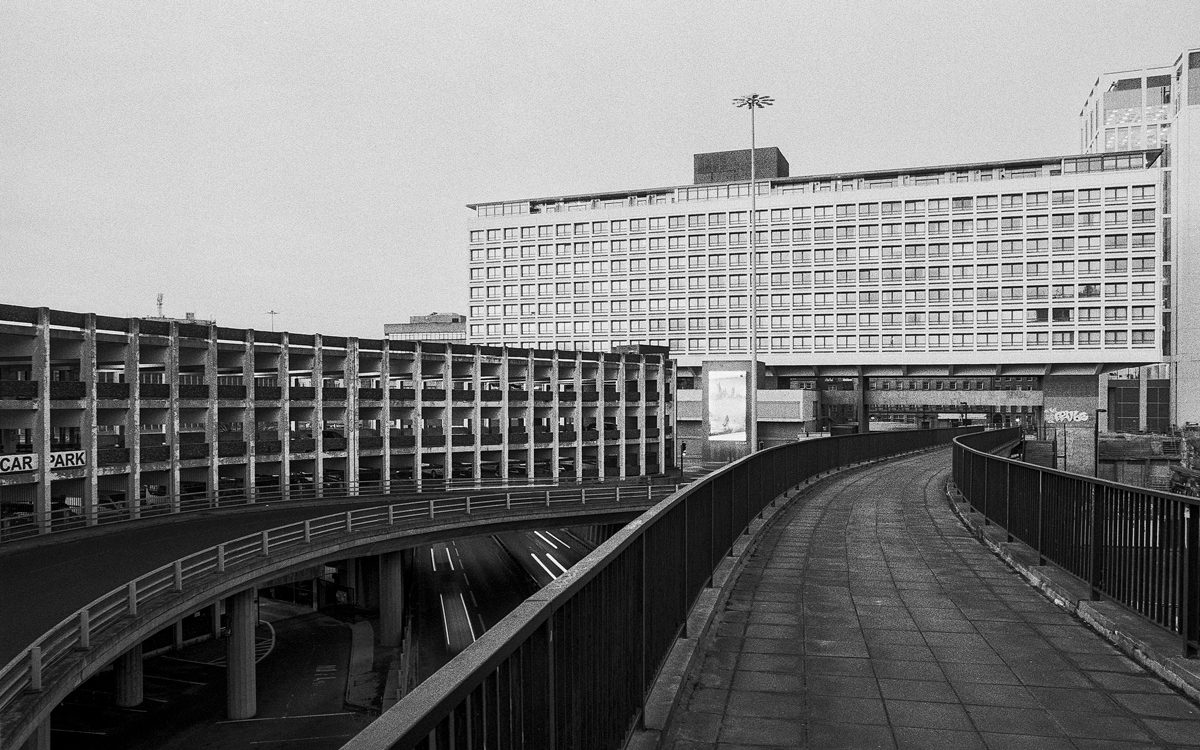
City in the Sky Dawn: Minolta 600si, Tripod, 24mm F2.8 Minolta AF lens, Yellow 1 filter, Kentmere 100
Local Landmarks
And that brings me to my parting thought, which is that interesting buildings are really worth getting to know properly. I’ve visited some locations on many occasions, at different times of day, in different seasons, and in different light. I’m always amazed at how buildings reveal themselves to the photographer, just a little bit at a time. So please do give your local landmarks a good look, especially if they’re in danger of demolition. The future will thank you for it.
About The Author

Richard Simpson
Richard Simpson is an author (J J Salkeld), former national newspaper journalist and lifelong photographer, working mainly in the documentary tradition. He was first published while at school, and has exhibited and published widely throughout his adult life, often illustrating his own feature articles.
He works almost exclusively on film (always Harman), and usually undertakes long-form narrative projects. Recently he has made work about the fast-receding Durham Heritage Coast, photographed an allotment site over the course of all four seasons and followed a small stream from source to sea. He publishes ‘zines regularly, and sells fine art prints, often in monograph form, to collectors worldwide.
Website/social:
www.simpson-studios.com (with Michaela Simpson)






